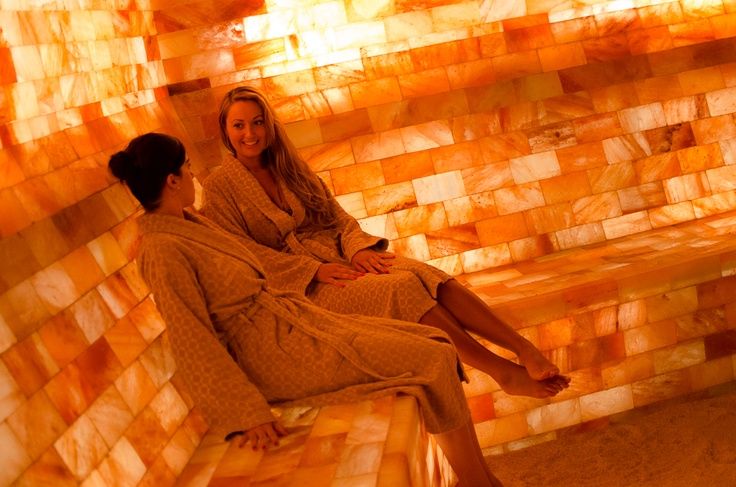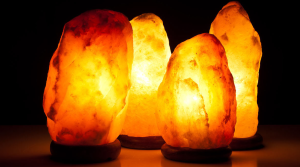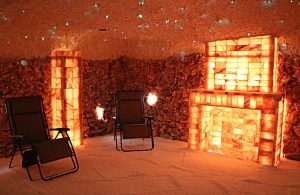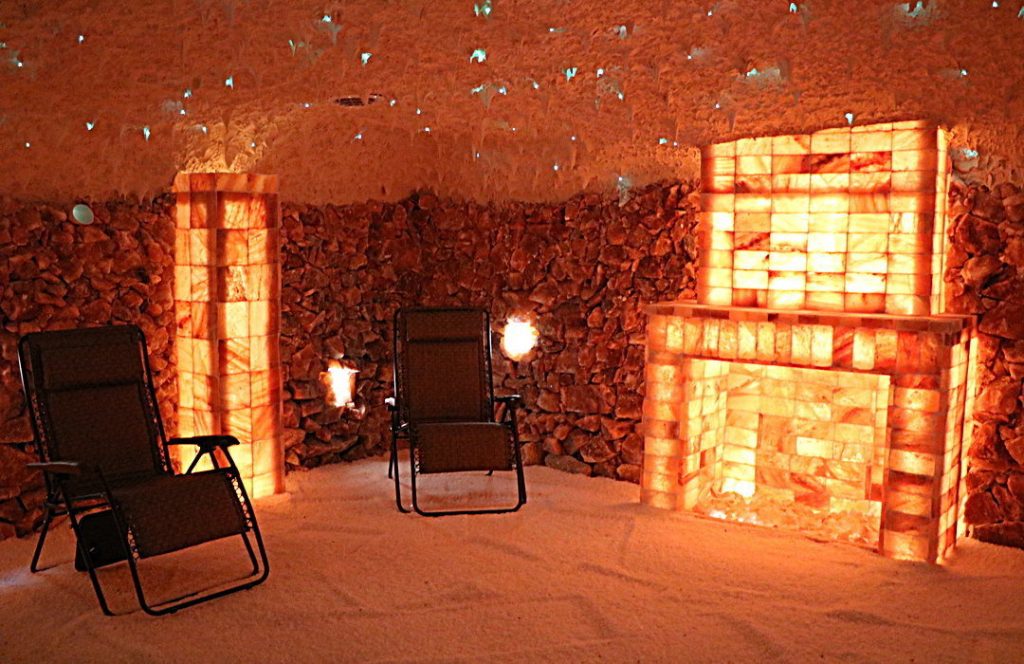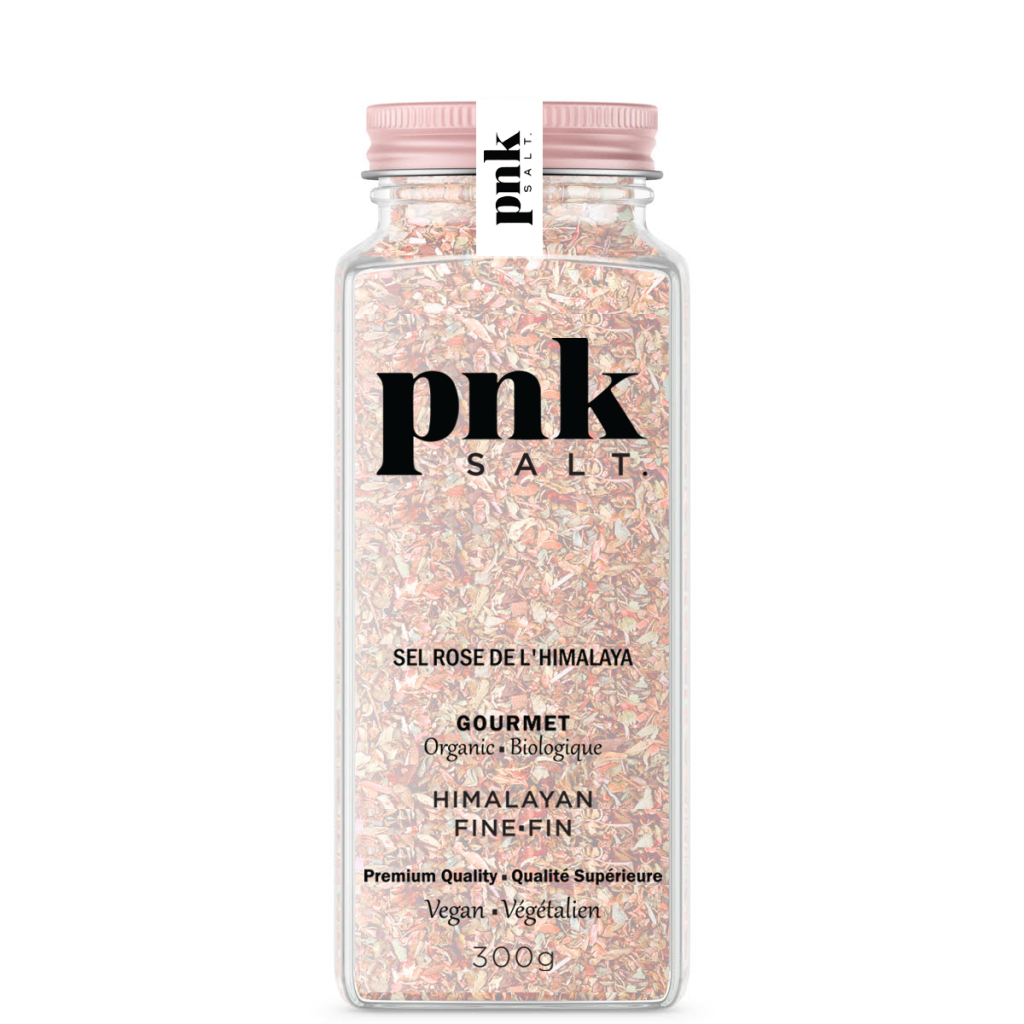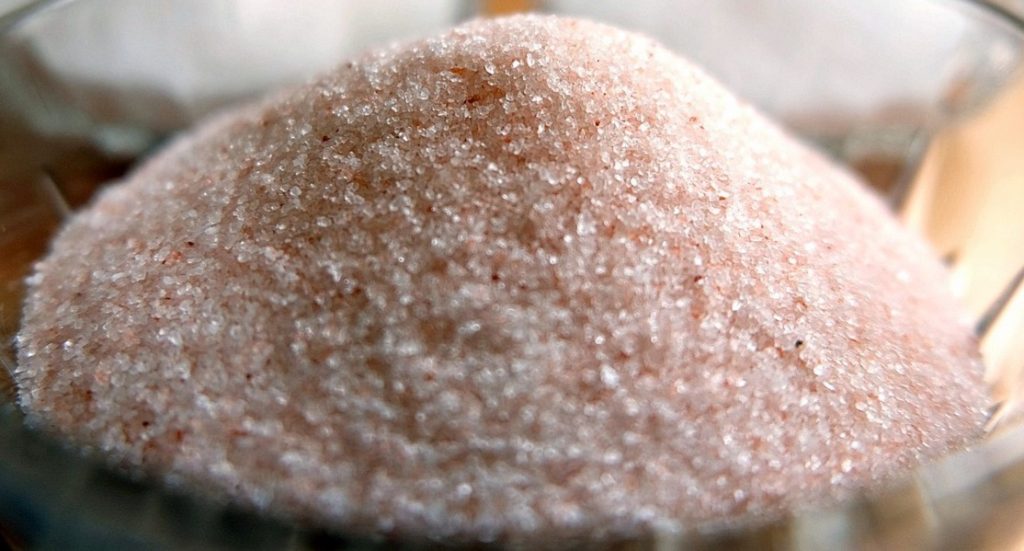Himalayan salt tiles:
I. Introduction Explanation of what Himalayan salt tiles are
Himalayan salt tiles are large tiles made from pure Himalayan salt, prized for their unique colors and health benefits. Brief history and cultural significance of Himalayan salt – Salt has played a significant role in human history and culture, and Himalayan salt in particular is highly valued for its purity and mineral content.
II. Benefits of Himalayan Salt Tiles Health benefits of Himalayan salt
Himalayan salt is believed to have a range of health benefits, including improving respiratory health, reducing inflammation, and promoting better sleep. Air purification and ionization – Himalayan salt is also known for its ability to purify the air by attracting and neutralizing pollutants and allergens. Other potential benefits (e.g. relaxation, improved sleep) – Some people also report feeling more relaxed and experiencing better sleep when using Himalayan salt tiles.
III. How Himalayan Salt Tiles are Made Extraction and preparation of salt blocks
Himalayan salt blocks are mined from deep underground mines in Pakistan and then prepared for use in tiles. Cutting and shaping salt tiles – The blocks are cut into tiles of various sizes and shapes using saws and other tools. Quality control and testing – Himalayan salt tiles are subject to rigorous quality control measures to ensure their purity and structural integrity.
IV. Uses and Applications of Himalayan Salt Tiles Salt tile walls and decor
Himalayan salt tiles can be used to create stunning walls and decor features in homes and businesses. Salt tile cooking and serving surfaces – Salt tiles can also be used as cooking and serving surfaces for food, imparting a unique flavor and trace minerals to dishes. Salt tile sauna and spa features – Many spas and saunas use Himalayan salt tiles in their features and treatments for their purported health benefits. Other innovative uses (e.g. jewelry, lamps) – Some companies have developed innovative uses for Himalayan salt tiles, such as making jewelry and lamps out of them.
V. Maintenance and Care of Himalayan Salt Tiles Cleaning and sanitizing
Salt tiles can be cleaned with a damp cloth, but should not be submerged in water. Avoiding damage and wear – Salt tiles are fragile and can be easily damaged, so care should be taken when handling and storing them. Storage and preservation – Salt tiles should be stored in a dry environment and protected from moisture.
VI. Comparing Himalayan Salt Tiles to Other Salt Products Differences between salt tiles, blocks, lamps, and other products
Himalayan salt tiles are just one of many salt products made from Himalayan salt, each with its own unique properties and uses. Pros and cons of each type of salt product – Each type of Himalayan salt product has its own advantages and disadvantages, depending on its intended use and individual needs.
VII. Frequently Asked Questions and Troubleshooting Common questions and concerns about Himalayan salt tiles
- Are Himalayan salt tiles safe to use for cooking?
Yes, Himalayan salt tiles are safe for cooking. They are natural, chemical-free, and can withstand high temperatures. However, it’s important to note that the tiles will absorb moisture and saltiness from the food, so it’s recommended to clean and sanitize them after each use.
- How often do I need to clean and sanitize Himalayan salt tiles?
It’s recommended to clean and sanitize Himalayan salt tiles after each use, especially if they have been used for cooking or as a serving surface. This can be done using a damp cloth or sponge, but do not immerse the tiles in water or use soap as it can damage the surface.
- Can Himalayan salt tiles be used for outdoor cooking and grilling?
Yes, Himalayan salt tiles can be used for outdoor cooking and grilling. However, it’s important to note that extreme changes in temperature can cause the tiles to crack or break, so it’s recommended to gradually heat them up and cool them down.
- How long do Himalayan salt tiles last?
Himalayan salt tiles can last for years with proper care and maintenance. However, over time, they will start to wear down and become smoother, which can affect their performance as cooking or serving surfaces. If the tiles start to crack or break, they should be replaced.
- Can Himalayan salt tiles be used in the dishwasher?
No, Himalayan salt tiles should not be put in the dishwasher as the high heat and detergent can damage the surface. They should be cleaned and sanitized by hand using a damp cloth or sponge.
- What should I do if my Himalayan salt tile cracks or breaks?
If your Himalayan salt tile cracks or breaks, it should be replaced as it can no longer be used safely. To prevent cracking or breaking, it’s important to avoid extreme changes in temperature, such as sudden exposure to high heat or cold.
- Do Himalayan salt tiles have any negative effects?
There are no known negative effects of Himalayan salt tiles, but it’s important to note that they are not a cure-all for health issues and should not be used as a substitute for medical treatment. People with high blood pressure should also be cautious when using salt products, including Himalayan salt tiles.
This section addresses common questions and concerns that people have about Himalayan salt tiles. Solutions to problems and issues that may arise – Troubleshooting tips and solutions are provided for common issues that may arise when using Himalayan salt tiles.
- Can Himalayan salt tiles be used for cooking and serving food?
Yes, Himalayan salt tiles can be used for cooking and serving food. However, it is important to properly heat the tiles and season them before use. Also, make sure to clean and sanitize the tiles thoroughly after each use.
- How often should I clean and sanitize my Himalayan salt tiles?
It is recommended to clean and sanitize Himalayan salt tiles after each use to avoid the buildup of bacteria or other contaminants. Use a soft brush or cloth to remove any food debris, then wipe the tiles with a damp cloth or sponge. Do not use soap or detergent, as this can damage the tiles. Instead, use a mixture of water and vinegar or lemon juice to sanitize the tiles.
- Can Himalayan salt tiles be used in a sauna or steam room?
Yes, Himalayan salt tiles can be used in a sauna or steam room to enhance the relaxation and detoxification benefits. However, it is important to properly install and maintain the tiles to prevent them from cracking or deteriorating due to the high humidity and heat.
- How do I prevent my Himalayan salt tiles from cracking or breaking?
To prevent cracking or breaking, it is important to properly install and maintain Himalayan salt tiles. Avoid exposing the tiles to sudden changes in temperature or humidity, and do not place heavy objects on top of them. Also, make sure to regularly clean and sanitize the tiles to avoid the buildup of contaminants that can weaken the structure.
- Can Himalayan salt tiles be used as a lamp or decorative piece?
Yes, Himalayan salt tiles can be used as a lamp or decorative piece by placing a light source behind them. This can create a warm and relaxing ambiance, as well as enhance the air purification and ionization benefits. However, it is important to use a safe and reliable light source, and to avoid exposing the tiles to moisture or direct sunlight.
- How do I store and preserve my Himalayan salt tiles?
To store and preserve Himalayan salt tiles, it is important to keep them in a cool and dry place away from direct sunlight or moisture. Use a cloth or cover to protect the tiles from dust or other contaminants. If you live in a humid climate, consider using a dehumidifier or silica gel packets to absorb excess moisture and prevent the tiles from deteriorating.
- What should I do if my Himalayan salt tiles start to wear out or lose their color?
Over time, Himalayan salt tiles may start to wear out or lose their color due to exposure to heat, humidity, or other environmental factors. To restore the tiles, you can use a soft brush or sandpaper to remove the outer layer, then rinse them with water and let them dry. You can also use a natural oil or wax to enhance the shine and protect the tiles from further damage. However, if the tiles are severely damaged or cracked, it may be necessary to replace them entirely.
- Can Himalayan salt tiles cause allergic reactions or other health issues?
While Himalayan salt is generally considered safe and non-toxic, some people may be allergic or sensitive to it. Symptoms may include skin rash, difficulty breathing, or gastrointestinal problems. If you experience any of these symptoms after using Himalayan salt tiles, stop using them immediately and consult a healthcare professional. It is also important to use high-quality and authentic Himalayan salt tiles from a reputable source to ensure their purity and safety.
VIII. Conclusion Summary of key points about Himalayan salt tiles
In summary, the guide covers a comprehensive overview of Himalayan salt tiles, including their history, benefits, manufacturing process, uses and applications, maintenance and care, comparison to other salt products, and troubleshooting.
Himalayan salt tiles offer numerous health benefits such as air purification, improved sleep and relaxation, and a potential reduction in allergy symptoms. They can be used in various applications such as decor, cooking and serving surfaces, sauna and spa features, and even jewelry and lamps.
It is important to properly maintain and care for Himalayan salt tiles to avoid damage and wear, and to store them properly to preserve their quality. Additionally, it is important to properly compare Himalayan salt tiles to other salt products to determine which is best for your needs.
Finally, for those interested in using Himalayan salt tiles in their homes or businesses, it is recommended to start with a small project, such as a salt tile wall, and to gradually explore additional applications as desired. Overall, Himalayan salt tiles offer a unique and beneficial addition to any space.

